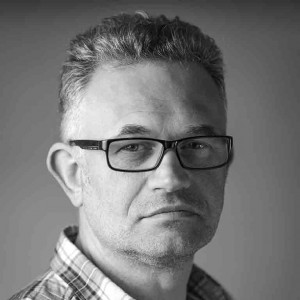- Published on
My name’s Brian Hartley and I’m a freelance character designer and illustrator. Most of the work I do is for children’s books, but I’ve also designed website mascots and characters for board games. I’m represented by the lovely people at The Bright Group and if you’d like to know more about what I get up to, pop over to hartoworld.com or follow me on Twitter @hartoworld
How did you start your career? Were you always doodling and illustrating when growing up?
I’ve only been involved in illustration for a few years, but have worked as an artist in the games industry since the late 80s and have been lucky enough to work with some amazingly creative people in that time. About 5 years ago, I started to teach myself Adobe Illustrator and began creating artwork for istockphoto. Although I no longer work on stock illustrations, I found the process of creating and submitting vector artwork really useful - it definitely helped in my approach to setting-up files. And yes, I’ve always doodled :) As a boy, I would spend hours copying illustrations from books and record sleeves. I never really thought that one day I’d be able to get paid for it!
Is it possible to become an illustrator without a degree? Does a degree give you additional opportunities in UK?
I’m probably not the best person to ask, as I never went to university. However, in my experience I’d say that clients are far more interested in what’s in your portfolio than whether or not you have a degree. Having said that, as well as having artistic ability there are a lot of other skills you need to be successful - from dealing with finances through to marketing yourself. I believe that a lot of degree courses cover these areas now, although a lot of what you need to know can be picked-up as you go.
How does your illustration process look like? What’s your daily routine?
At the moment, I’m only able to dedicate one day a week to my illustration work, fitting in any extra time needed into evenings and weekends. My process for any illustration will start with a pencil and paper - I always draw and redraw characters until I’m happy with how they look and then scan them into my computer. From there, I’ll take the roughs into Photoshop and quickly block in some colour ideas and rework any areas that don’t feel quite right and more often than not, I’ll print this out and draw over it again. Finally, I’ll trace the design onto layout paper and scan this version in, before adding final colours. As far as a routine goes, I don’t really have one! Depending on what projects I’m working on and what deadlines I have, I try to make a list of things I’d like to achieve during the day. This will usually consist of 3 relatively big tasks and a handful of smaller ones that I’ll get onto if I have the time.
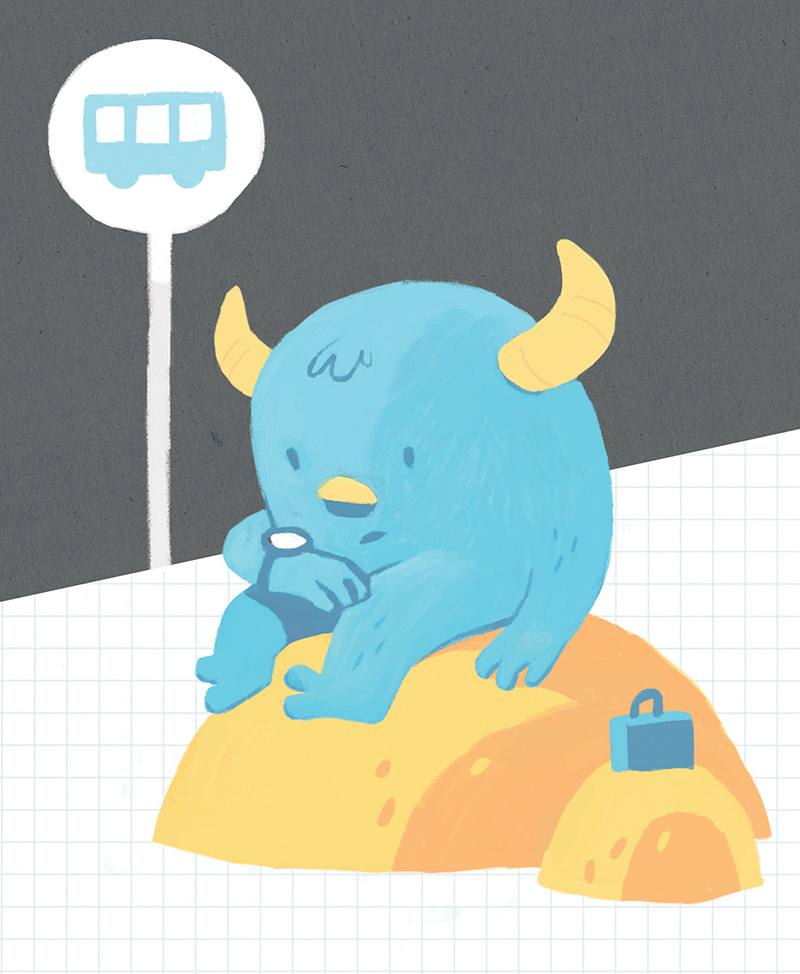
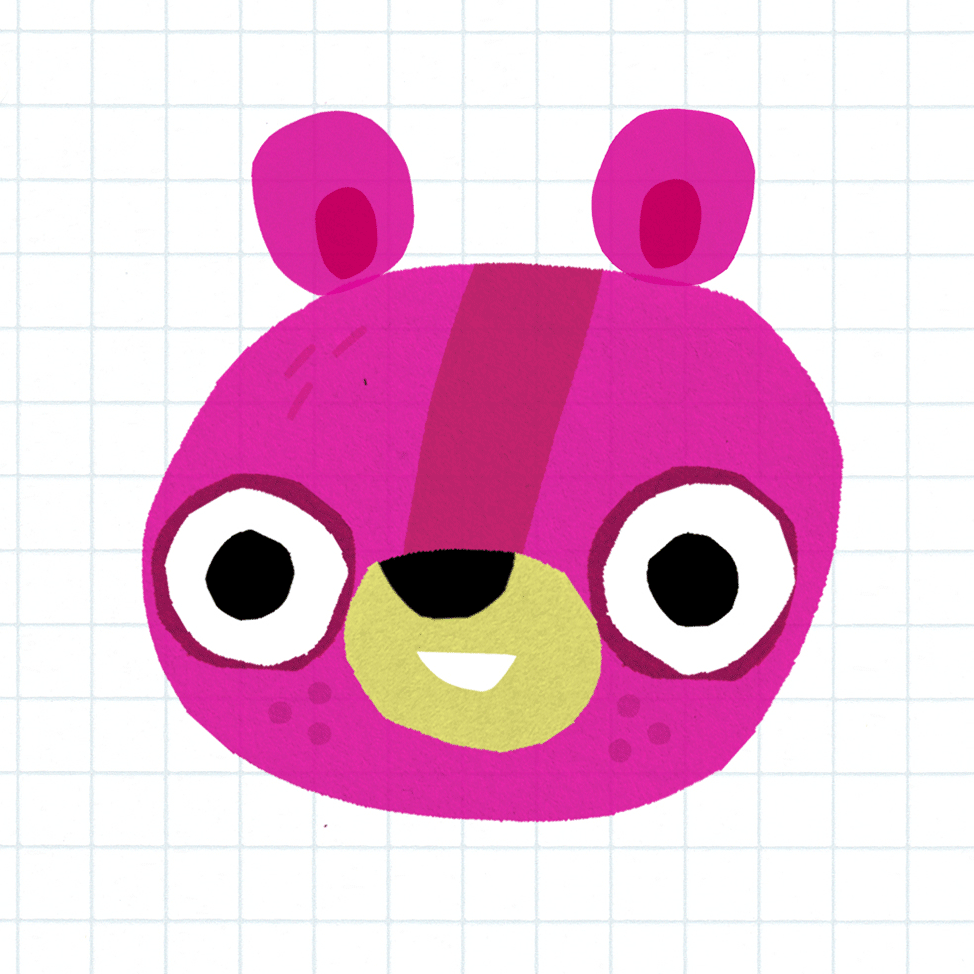
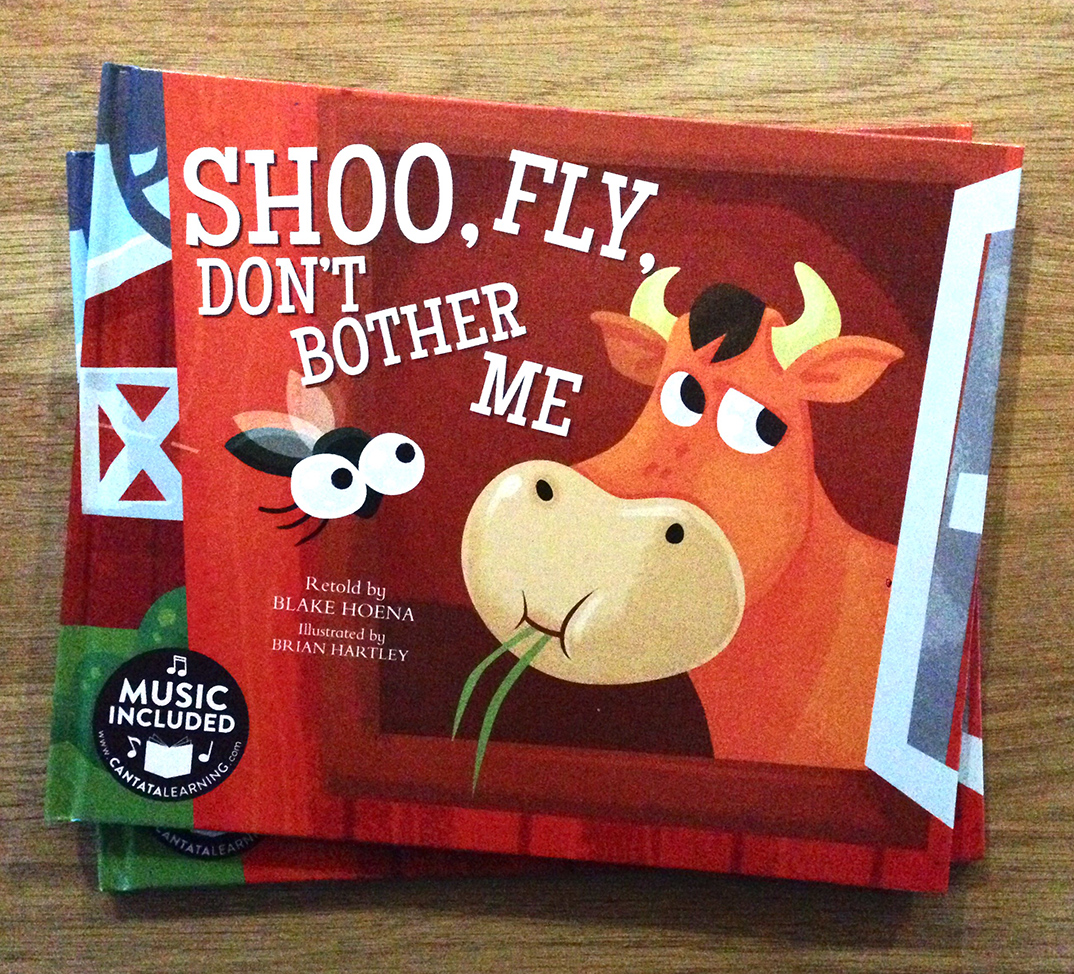
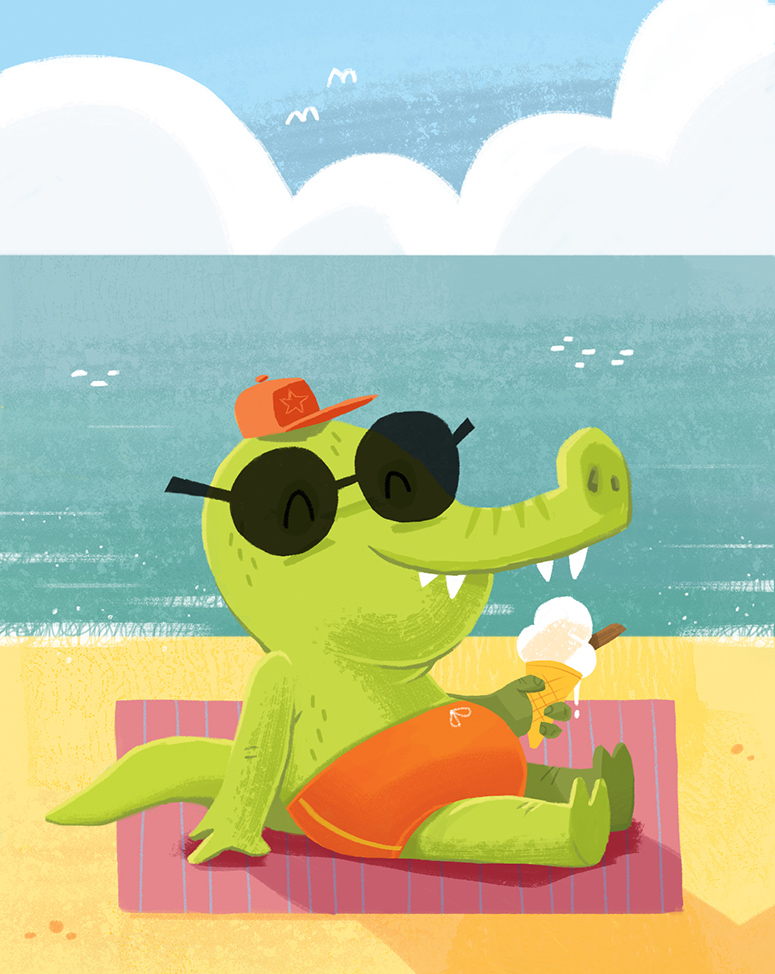
Where do you gain inspiration when you create your own character? Do they usually come from real life or from your rich imagination?
Like many illustrators, I’d have to say that inspiration can come from anywhere at any time. Sometimes characters evolve for doodles that I’ve made while waiting for a file to upload and sometimes I might hear or see something that triggers an idea. I also follow a lot of illustrators on Twitter and seeing some of the amazing artwork they come up with often gets me excited about trying something different or thinking about a design problem in a different way.
Who are your favourite illustrators and picture book authors whose work you are interested in?
That’s a tricky one! There are so many artists and authors who I admire for all sorts if reasons that picking out a few would be almost impossible. But if I really had to, I’d have to include Chris Haughton, Nate Williams and Elise Gravel. They’re very different, but each has a very distinctive style. Away from books and illustration, I have a bit of a thing for stop-motion animation and never fail to be amazed by the work Laike turn out.
